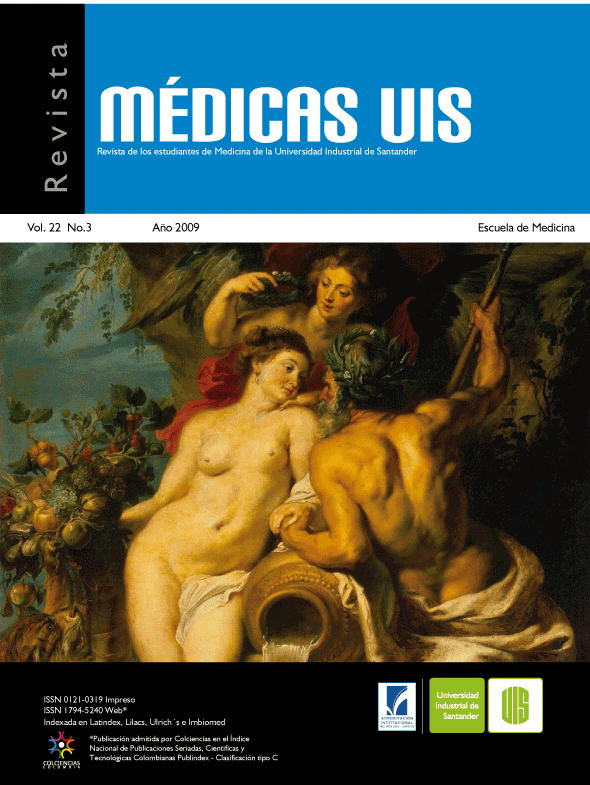Abstract
Cluster headache is a stereotyped primary pain syndrome that is probably the most severe cause of headache existing. It is characterized by strictly unilateral headache, predominantly nocturnal, lasting from 15 to 180 minutes, accompanied by at least one ipsilateral autonomic phenomena. Symptoms occur several times a day (clusters) having a rhythmic periodicity and a circadian behavior. Its incidence is 4-15 cases per 100000, the annual prevalence is 53 cases per 100000., and has a radius male: female 4-9:1. The most common age of onset is 27 to 31 years. There is a genetic predisposition for the disease with the existence of a frst line family member in 3,4-12% of affected patients. Pathophysilogically it involves changes in the trigémino-vascular system, the cavernous sinus, the ventral-posterior thalamus, frontal cortex, the cingulum, the Ínsula, basal ganglia, the inferior and posterior hypothalamic gray matter. Autonomic changes are due to parasympathetic activation by the facial nerve through the pterygopalatine ganglion and transitory defciency of the cervical sympathetic system. There is a modifcation in the levéis of gene-related peptide calcitonin, vasoactive intestinal peptide, L-arginine-nitric oxide, endothelin-1, testosterone, thyrotropin, cortisol, growth hormone, luteinizing hormone, prolactin and melatonin. The treatment is divided in: acute pharmacology including oxygen, the use of hyperbaric chamber, triptans, sumatriptan, zolmitriptan, ergotamine and ¡ntranasal lidocaine, transitional and chronic prophylactic containing steroids, ergotamine, verapamil, metisergide, lithium carbonate, valproic acid and melatonin, and invasive treatment consisting on blockade, surgery, among others.
Key words: Cluster Headache. Autonomic Changes. Trigeminal Vascular System.
References
2.Kudrow L. Cluster headache: mechanism and management. Oxford: Oxford University Press, 1980
3.Ekbom K. A clinical comparison of cluster headache and migraine. Acta Neurol Scand 1970;46(Suppl 41):1.
4.Lance JW. Mechanism and management of headache 5th edition. London: Butterworth Scientific 1993.
racimos212
5.Fischera M, Marziniak M, Gralow I et al. The incidence and prevalence of cluster headache: a meta-analysis of population-based studies. Cephalalgia 2008;28(6):614-8.
6.Ekbom K, Ahlborg B, Schele R. Prevalence of migraine and cluster headache in Swedish men of 18. Headache 1978;18:9.
7.Kudrow L. Cluster headache. In Blau JN, ed. Headache: Clinical, Therapeutic, Conceptual and Research Aspects. London: Chapman and Hall, 1987.
8.Russell MB, Anderson PG, Thomsen LL, et al. Cluster headache is an autosomal dominantly inherited disorder in some families: a complex segregation analysis. J of Medical Genetics 1995;32:954-6.
9.Russel MB. Epidemiology and genetics of cluster headache. Lancet Neurol 2004;3(5):279-83.
